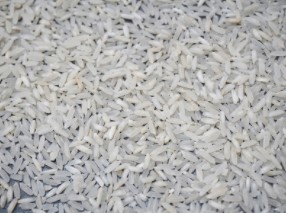By Rachel Schutte
Rice is the most consumed staple food in the world. It is especially common in Asia, where hunger concerns are prevalent.

Rice is classified as an annual plant, which means it completes its life cycle within one growing season then dies. However, in some tropical areas, rice can continue to grow year after year when taken care of properly.
Just as grass grows back in a lawn after it is mowed, rice can be cut after it is harvested, and the plant will regrow. The farming practice of cutting the rice above ground and allowing it to regrow is called ratooning.
Although Rice ratooning allows farmers to harvest more rice from the same fields, it requires a longer growing season compared to traditional single-harvest rice farming.
In many areas of the world where rice is grown, a long growing season isn’t a problem due to the tropical climates. But in Japan, cooler weather means rice ratooning has been a rare farming practice.
Hiroshi Nakano and a research team set out to learn more about the potential of ratooning to help Japanese rice farmers. Nakano is a researcher at the National Agriculture and Food Research Organization.